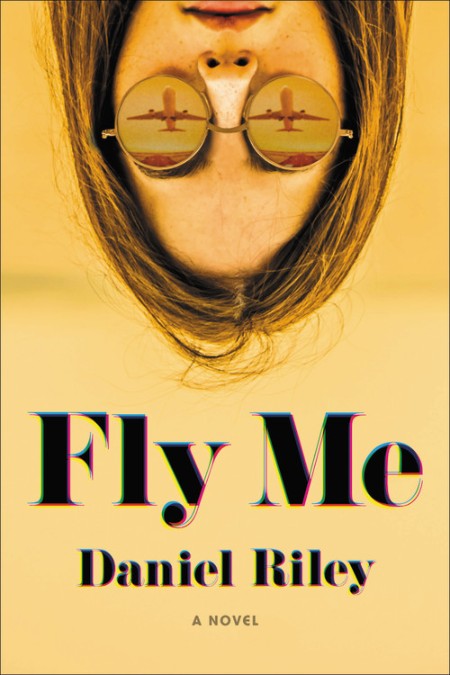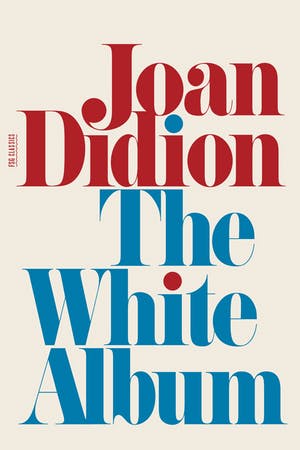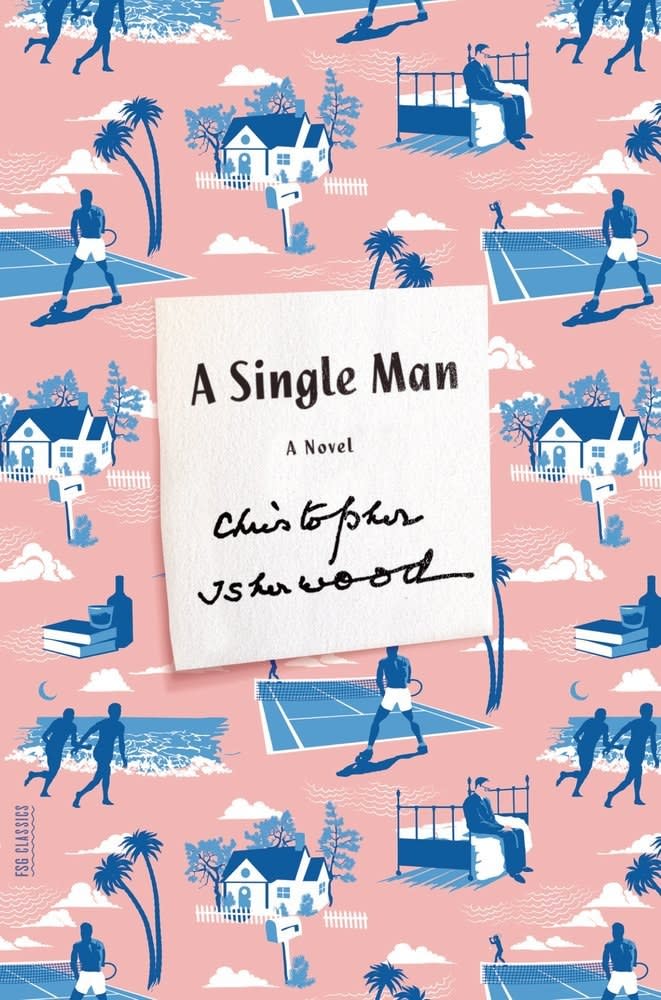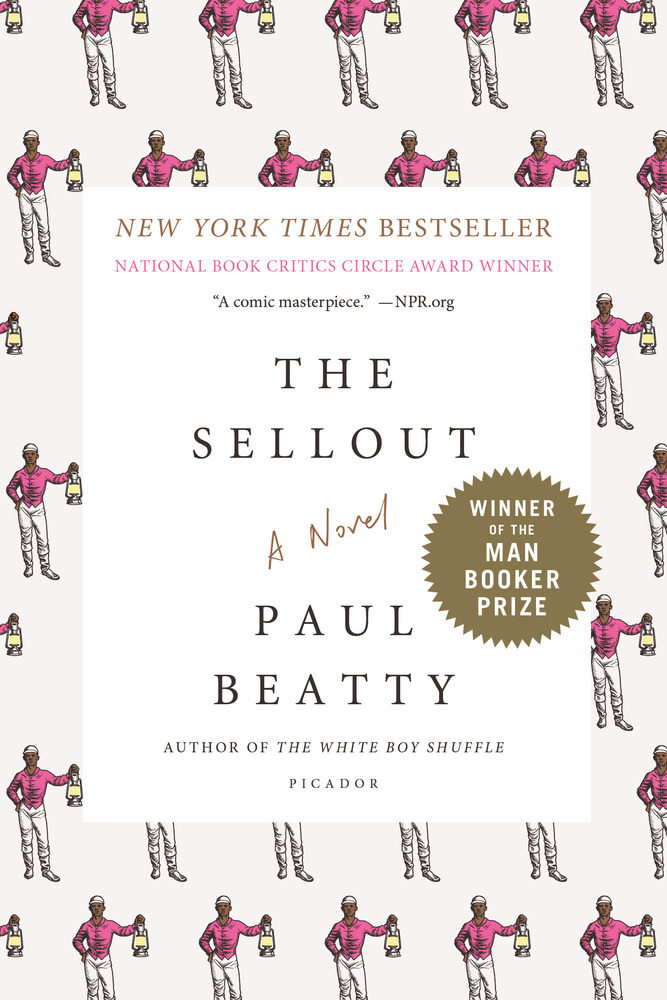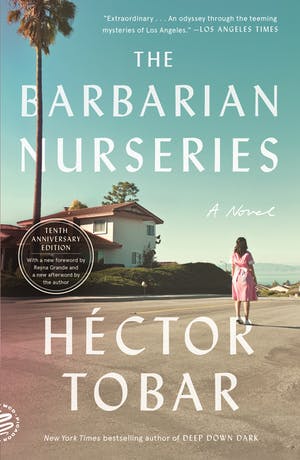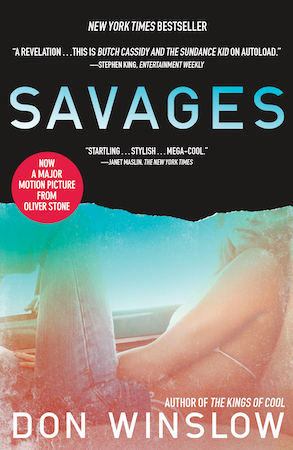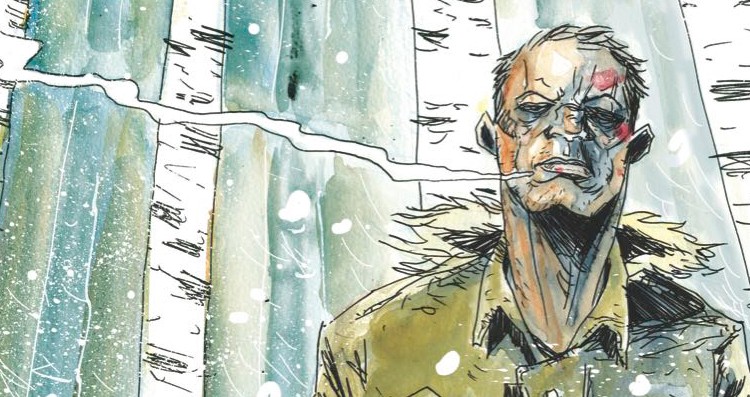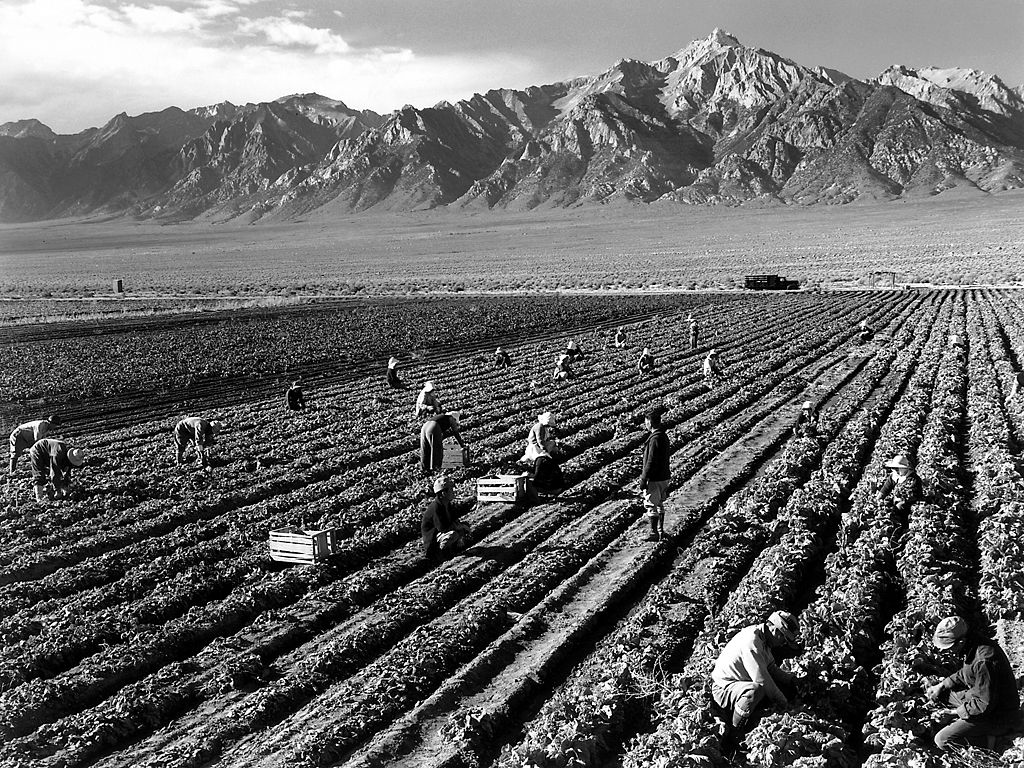Reading Lists
A Literary Guide to Southern California’s Beach Towns
The author of "Fly Me" looks at the underbelly of SoCal paradise

The 230-mile stretch of coastline between Santa Barbara and San Diego is one of the ripest subjects of the American pop culture imagination. But for all the sun-bleached shows and surf-beat bands, Southern California beach towns are a little underserved by real-deal literature.
When I set out to write my novel, Fly Me, I wanted to write a book about stewardesses and the ’70s, but more than anything I hoped to contribute something to the limited shelf about these places along the coast. To peel away the familiar imagery and plug in to the psychology of a setting that makes people feel a way nowhere else makes them feel, and consequently compels them to behave in stark and strange ways. These books are my very favorites that set stories at the beach and get to the heart of what it means to live at the edge, where, as Joan Didion writes, things better work, because that’s “where we run out of continent.”
Traveling roughly north to south…

Santa Barbara: Cutter and Bone by Newton Thornburg
The best kind of thriller, in that the murder mystery driving the plot is secondary to the 3D portrait of post-Vietnam nihilism that cripples the drifters at the book’s core. They made this into a movie starring a young Jeff Bridges (Mr. Santa Barbara himself), but it’d be a mistake to miss the extraordinary writing in what many call Thornburg’s masterpiece. The book does an especially powerful job conveying that quintessential contrast of relentless beauty (of the SB setting) with the blackness of the events and the characters caught up in them.
Malibu: The White Album by Joan Didion
You can’t talk about the psychology of California without talking about Joan Didion. But while many associate her more closely with other California settings — Sacramento (Where I Was From), San Francisco (“Slouching Towards Bethlehem”), Hollywood (Play It As It Lays), even the L.A. County suburbs (“Trouble in Lakewood”) — Didion also trained her penetrating gaze on Malibu when she was living there with her husband and daughter during the early-70s.
Santa Monica: A Single Man by Christopher Isherwood
This short novel—set in a single day in the life of Isherwood’s mourning professor, George—is a capsule of both the expat collective in Santa Monica in the years after the war (when Isherwood, Thomas Mann, Aldous Huxley, and Bertolt Brecht collectively complicated the cliché that brains didn’t belong at the beach), and, more essentially, the gay scene in Santa Monica in the early ’60s. It’s a beautiful and refreshing glimpse of a Santa Monica of a different era — and as with even the most unrelated novels set in Southern California beach towns, the book’s perfect climax requires an ocean.
The Westside: The White Boy Shuffle & The Sellout by Paul Beatty
These two books by Beatty are genius. And while most of each take place in other neighborhoods in Los Angeles, the scathing characterizations of the beach towns — where Beatty’s narrator grows up (in The White Boy Shuffle) or visits often to surf (in The Sellout) — are so crisply-observed that they’re certainly true. One of the essential subjects of L.A., of course, is the division that exists between the city’s wealthier and poorer neighborhoods, despite their often close proximity to one another. The narrator of The Sellout explores that paradox again and again by taking the short bus ride from his home in Dickens (“the murder capital of America”) to the beach towns ten miles to the west. His breakdown of how a black surfer gets treated in each of those towns along the bay is face-coveringly damning and hilarious.
6. Inherent Vice by Thomas Pynchon (2009) — Gordita Beach (Manhattan Beach)
Pynchon lived in Manhattan Beach during the late ’60s while he was writing Gravity’s Rainbow — as unlikely a place to knock out a Europe-in-wartime doorstop as Santa Monica was for Isherwood and Mann. But forty years after leaving, Pynchon published a tangly whodunit starring a stoner P.I. named Doc who lives in a fictionalized M.B. called Gordita Beach. Though the plot is often as paranoid and confused as Doc, the remarkable clarity and specificity with which Pynchon recalls and relates not just the details of the period but the psychology of the folks living near the beach as the lights go out on the ’60s, proves Pynchon was soaking up more (and smoking less) than might’ve been assumed by people who knew him around town back then.
Palos Verdes / Rolling Hills: Model Home by Eric Puchner
This is the best book I’ve read about life “on the hill” — the peninsula at the southern edge of the Santa Monica Bay. The wealthier communities on the Palos Verdes Peninsula are a mix of cliff-perched mansions, horse-y estates, and cookie-cutter track homes, and they remain to this day a little unknown even to folks living in L.A. and Orange Counties. Eric Puchner’s debut novel gave full exposure to the version of the place that existed in the ’80s — and to the complex privilege and attendant edginess that comes if you’re living out there with a sense of un-belonging.
Huntington Beach: Tapping the Source by Kem Nunn
Nunn has been described as the poet laureate of “surf noir,” and he laid claim to the title with this debut. A teenage outsider from the desert comes to Huntington looking for his missing sister and gets caught up with the seedy surfers, bikers, dealers, and pornographers (some are all four) who hang around the pier. As with Thornburg (above), it’s the writing — which is better than it needs to be to carry a book with such pace and movement and mystery — that makes the novel special: both the depth of what’s going on in the hero’s head, and the precision of sensations, like, say, catching a wave. Though it’s not a direct adaptation, this book is said to have inspired Point Break.
Newport Beach: The OC
Some memorable stories by Michael Chabon (A Model World), David Foster Wallace (Girl With Curious Hair), and Victoria Patterson (Drift) notwithstanding, no book does Newport Beach — or the specific psychological strangeness of life in any of these towns — like the first two seasons of The OC. (No joke!)
Laguna Rancho Estates (Orange County): The Barbarian Nurseries by Héctor Tobar
If Southern California coastal life is a little underserved by fiction generally, the stories of the immigrants who work in the wealthier communities are especially few and far between. Which is why Héctor Tobar’s book — centered on a Mexican-American maid in a fictional gated community — is such a revelation. Tobar, who’s worked for decades as a journalist boring beneath the Southern California of easy surfaces, gives us a social novel of the strange and singular interplay between the classes in communities like this one.
Laguna Beach: Savages by Don Winslow
We started with a crime novel set in a placid beach town and might as well bookend it with another one. Dealers Ben and Chon get a little overextended with their marijuana outfit — squeezed by a Mexican cartel who kidnaps their (shared) girl, “O”—and it’s not long before the plot, like many of Winslow’s, bleeds into the business over the border. Which is the right place to leave things; Mexico’s a whole other story.




